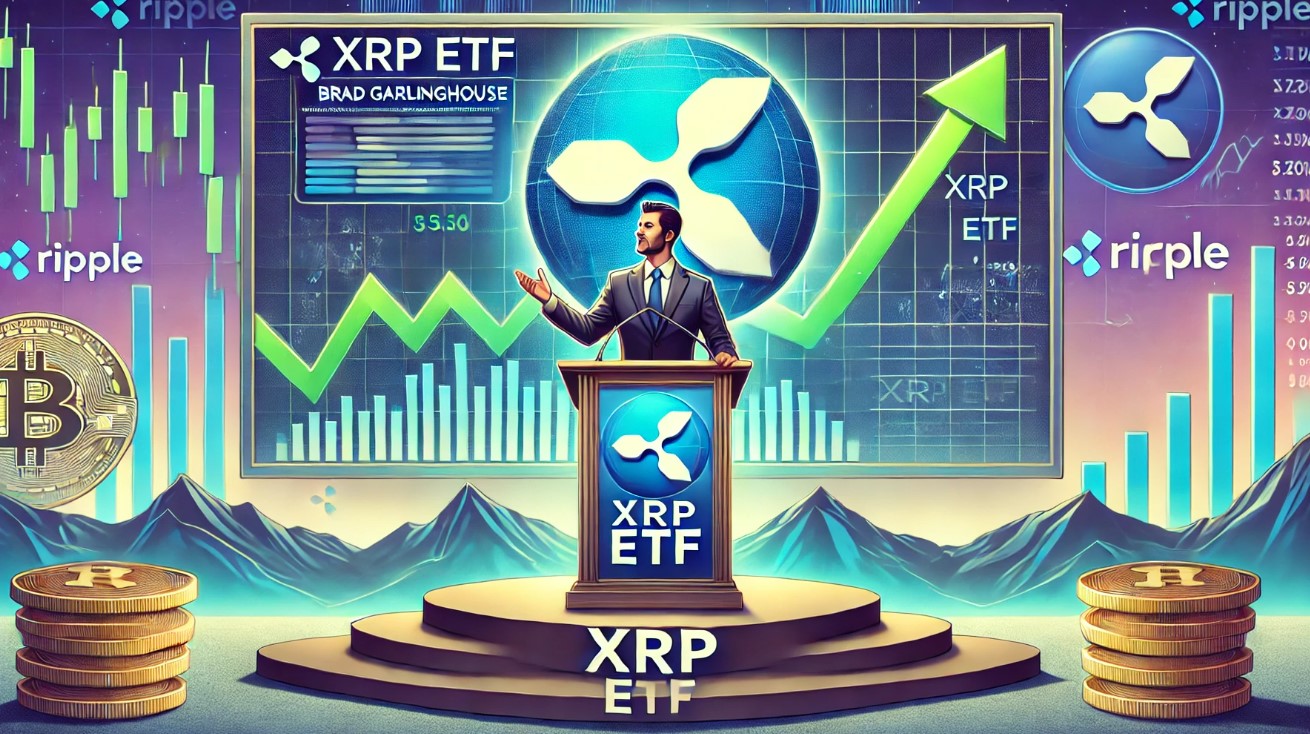ARTICLE AD
Vitalik Buterin outlined Ethereum’s scalability roadmap, known as “Surge,” aiming for 100,000 transactions per second (TPS) across the mainnet and Layer-2 (L2) blockchains.
Key Notes
The Dencun upgrade, which introduced cost-cutting features like "blobs" for data storage and reduced fees on L2 networks, has sparked criticism.Concerns that "extractive L2s" are diverting users from Ethereum's mainnet, leading to security risks and inflationary Ether (ETH).Buterin emphasized the need for trustless rollups to ensure certain L2 solutions inherit Ethereum’s core properties, while proposing solutions like "multidimensional" gas pricing.Vitalik Buterin, the co-founder of Ethereum, recently shared his goals for taking the Ethereum blockchain to the next stages of scalability by implementing a roadmap dubbed “Surge”.
In a technical blog post published on Thursday, October 17, Buterin shared his “key goals” which include 100,000 transactions per second (TPS) across the mainnet and other Layer-2 blockchains. He also plans to improve the interoperability between Layer-2 platforms.
“Ethereum should feel like one ecosystem, not 34 different blockchains,” Buterin wrote. Additionally, Buterin also applauded the developers for the success of Ethereum’s rollup-centric roadmap, boosted by the Dencun upgrade in March this year. However, he also accepted that the approach introduced “some unique challenges of its own”.
The Dencun upgrade, a combination of the Shanghai and Cancun-Deneb updates, introduced several scaling enhancements, such as “blobs” for more affordable data storage and reduced fees on Layer 2 (L2) networks. However, the rollup-focused strategy has sparked criticism, with some arguing that “extractive L2s” are diverting users and revenue away from Ethereum’s mainnet, increasing security risks and causing Ether ETH $2 625 24h volatility: 0.6% Market cap: $315.97 B Vol. 24h: $15.48 B to become inflationary.
Buterin in his blog post also stated that the Ethereum blockchain needs to break ground in areas such as improving data compression, data availability sampling, making L2 networks sufficiently “trustless” while also improving the user experience between the blockchains.
He explained that the development of trustless Ethereum rollups, similar to the Ethereum mainnet, has been delayed due to worries about potential “bugs in the code.” Buterin emphasized that Ethereum “needs” trustless rollups so certain Layer 2 solutions can “inherit Ethereum’s core properties”, enabling more reliable scaling in the long term.
Vitalik Buterin Explains Need for Ethereum Scalability
With the growing demand for the Ethereum mainnet, Vitalik Buterin also shared the need to scale the base chain. “If L2s become very scalable and successful but L1 remains capable of processing only a very low volume of transactions, there are many risks to Ethereum that might arise,” he wrote.
Furthermore, the Ethereum co-founder also added that a “simple solution” would be to increase the gas limit. However, he also added that this approach increases the risks of centralization due to the increased costs incurred by the stakers.
He proposed another solution that involves making certain features and types of computations more affordable without compromising decentralization. Thus, he proposed some potential improvements like “multidimensional” gas pricing, introducing new byte code formats, and lowering gas costs for specific opcodes.
Ethereum’s development was originally guided by the ETH 2.0 roadmap, which aimed to scale the network monolithically through “sharding” — a concept resembling 64 Ethereum blockchains operating simultaneously in sync.
However, he dropped this idea of sharding in October 2020 as alternate solutions like Optimistic and ZK-rollups began to get greater popularity. The L2 platforms retain their security while taking the execution and computation off the main chain.
“Now our task is to bring the rollup-centric roadmap to completion, and solve these problems while preserving the robustness and decentralization that makes the Ethereum L1 special,” Buterin wrote.
Disclaimer: Coinspeaker is committed to providing unbiased and transparent reporting. This article aims to deliver accurate and timely information but should not be taken as financial or investment advice. Since market conditions can change rapidly, we encourage you to verify information on your own and consult with a professional before making any decisions based on this content.
Cryptocurrency News, Ethereum News, News

Bhushan is a FinTech enthusiast and holds a good flair in understanding financial markets. His interest in economics and finance draw his attention towards the new emerging Blockchain Technology and Cryptocurrency markets. He is continuously in a learning process and keeps himself motivated by sharing his acquired knowledge. In free time he reads thriller fictions novels and sometimes explore his culinary skills.


 1 month ago
12
1 month ago
12 

